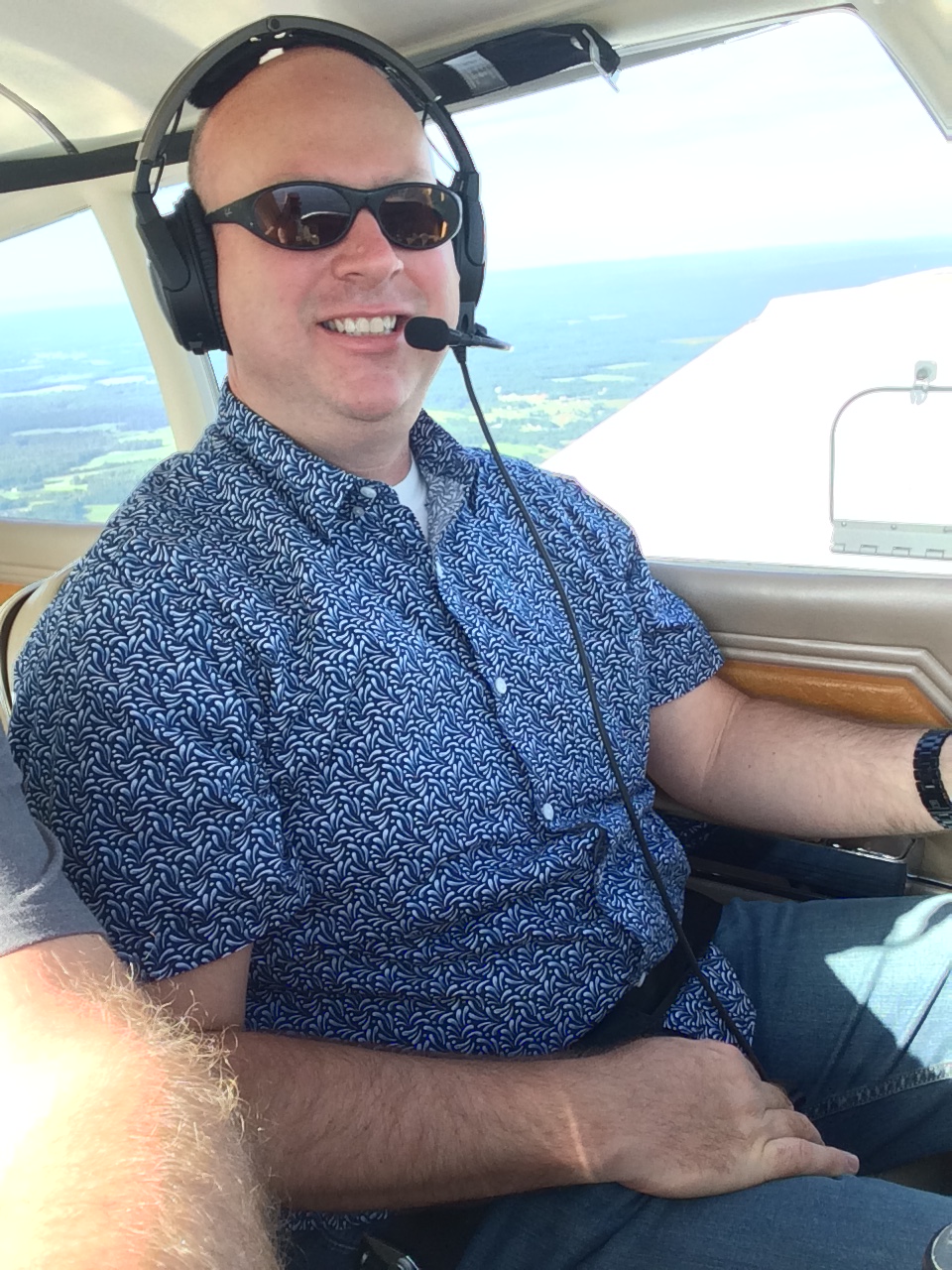In many high profile industries like sports, aviation and alike there is magnetic appeal to report in the media disparaging blame and judgement of fault or guilt upon the key players, pilots or accused in the matter at question. After all, where's the news unless you can hang someone right?
Well, a pilot in a recent aviation incident felt compelled to voice his dissent in the media, and societies quickness to accuse him as the failure or at fault for the incident/accident that ensued.
Aviation is a strange profession. I love it to death, but the strange part is that if I meet my end in my line of work, it's most likely that I'll be blamed.
I'll be blamed long before any proof is brought forward. I'll be blamed by the media, by the people. I'll be blamed by the passengers if they survive. In a week the data recorders will be analysed and then maybe they'll find that it's not my fault. That I fought for hope amidst hopelessness till my dying breath.
Sadly that won't make as good a headline as much as "pilot error", or "pilot veers off runway when aligning for takeoff".
In fact, it was nothing to do with aligning that brought this ill-fated crew to a halt just short the peripheral wall at Dabolim yesterday (December 27).
How I wish I could explain concepts of asymmetric thrust to the number of people passing silent judgment and being armchair jurors. How do I tell someone about how much thrust 27,000 odd pounds is? How do I reiterate what a reverser unlock is? How do I tell the person that the same 27,000 pounds is now in an opposite direction?
Most of the crowd probably doesn't even know what a moment arm or a couple is. They dropped physics in 8th grade as it was too complex. That said, they blame the human machine who earns his bread and butter, putting into practice what they felt was too complicated.
|
| Jet Airways Goa-Mumbai flight, which skid off the runway on December 27. |
To be honest it's disgusting - flying this kind of passenger and taking responsibility for his life for however long it may be.
How do I explain not being able to see three taxiway lights in front of me to a crowd that says, "anyway you autoland in fog"? How?
It's at the brink of frustration that I'm writing this. Back in the day, an old grey instructor told me, "Son, in this world of civil aviation, its best to be a nameless faceless pilot who does his job and goes home!"
I probably didn't understand it then but now, more than ever, I totally understand. The sad part is it doesn't matter if it is a Cactus 1511 with Sully or the 9W aircraft.
Sadly, with technology improving in the home and workplace, the human has become the weak link. Sometimes one must note that the human is the strongest link. Without them shutting down the malfunctioning engine, the plane might have gone into the terminal, increasing the statistics of loss of life
As an appeal to the non-aviation public, believe that we as pilots love what we do and would never put anyone's life in jeopardy. We are sons, daughters, wives, husbands, parents, just like you. We haven't fallen from the realm of Asgard into the helm of these metal ships. It takes years of hard work to achieve it.
Media folk, this is an appeal to you: It's you who have sensationalised our profession with scandals, malpractices, and so on. Paint the right picture of pilots worldwide. Tell people that we are there to save lives, not take them. Make an honest effort to redeem your name when you're standing at heaven's gates, or you'll probably have the boatman remove you from the boat.
Educate the masses - who you manipulate to get more views - to the actual facts of thrust, lift, weight and drag. Tell them, from start to finish, what happens from takeoff to touchdown.
Do tell them that when they see the wind looping out of the window and the tip moving, there is a hand guiding this giant metal bird through the skies.
Stop judging: Pilot of Jet Airways Goa runway crash writes a strong letter
We see this same quickness to judge in many high profile or sensitive emotional subject including false rap, assault or sexual abuse that can quickly cause hysterical responses to further inflame the false accusation and sensations the rumors, gossip and worst of all press and public opinion.
As a professional pilot and parent of four young children, I witness these types of allegations and false opinions placed upon my peers all the time and its immensely frustrating. Eventually we can get the truth uncovered and the facts laid out for all to see. The damage has been done already, in most cases, when false allegations and disparaging claims are made in knee-jerk haste to capitalize on the media impact or personal attack.
It usually takes years to repair the damage caused by these unsubstantiated quick judgements. Just imagine the irreparable harm it causes to young children as well if they are involved in the blame and shame somehow in domestic situations.
I think this pilots appeals are sound. I believe its a good message and should be expanded towards all areas that require un-biased investigative work and science based facts and findings to get to the real truth(s) before passing judgements. Especially in high profile cases where the media can easily get into the weeds.
Thomas Zerbarini
Also see:
Why was Crystal Mangum, in the Duke lacrosse case not prosecuted for false allegations and lying?







